Creating Future Memories
Can we truly understand what's happening in the world, if we render it in visual clichés? A new generation of photographers is breaking with old norms and reshaping future memories.
Welcome to dear midnight, my newsletter with reflections on all things photography, publishing and the artistic process. In these mailings you will read about the material that comes across my path while working on my personal projects and Foam Magazine. We recently hit 500 subscribers! Thank you so much for reading along and for spreading the word.
Noteworthy findings from the past month?
During Art Week Amsterdam I visited the exhibition “ft.” by senakirfa A. & S*an D. Henry-Smith at the artist-run gallery PuntWG. I have listened to them perform their poetry separately over the past years, and the space created a beautiful conversation between these gentle minds and their rhythmic voices. The collaboration is based on a shared collection of resonances kept in and held by poetry, field recordings, objects, and photographs that speak to the abstract/ the emotional rather than the rational mind.
Babylon Albion, the debut book by Dalia Al-Dujaili has catapulted itself to the top of my reading list. By weaving together Arab and Islamic mythology with the English and Christian pastoral, Al-Dujaili unmasks the communal, familiar and, at times, dark places we share while reflecting on what it means to belong to your land.
I was super excited to discover the work of Henrike Naumann and Sung Tieu who have been selected to represent the German Pavilion at the 61st Venice Art Biennale next year. With their conceptual and sculptural work they pose questions about historical responsibility and examine the role of individual and collective agency. So timely and important in the face of a growing right-wing in Germany!
In one of my first newsletters, called More storytelling, less storyselling, I wrote about a book that was introduced to me during a conversation with curator and friend Sunyoung Kim: The crisis of storytelling by philosopher Byung-Chul Han. In his book the Korean-German philosopher writes that the age of true, oral story-sharing is slowly dying, and being replaced by one in which most communication happens silently through our smart phones. According to Han most storytelling we are confronted with today is made to sell something or someone. I remember thinking how sad this is, and used it as a reminder to look for meaningful stories in the cacophony of voices that echo through the media landscape.
Echoes reflect, prolong and stretch sound, carrying it forth through time and space. Projected by surfaces in your surrounding, these renditions can give you the feeling that your environment is responding, or even resonating with you. In a similar way, stories — reverberating from one person to another — connect us to a longstanding tradition of histories and moral roadmaps passed down by those that came before. Every time someone tells a story they add nuance to the imagery that keeps it alive and adaptive. If, as Han suggests, the amount of voices that tell stories is shrinking, it means that our stories are becoming less layered and more streamlined; less individual and more repetitive. Will this make our understanding of the world less nuanced and more clichéd? And if so, is that how we want future generations to remember?
1: Tropes & Multiplicity
Earlier this month the Rijksmuseum hosted a day-long symposium, Future Memories, to discuss how photography shapes our understanding of the world and where our responsibilities as consumers and gatekeepers of the media industry lie. Curated by Jenny Smeets the programme brought together an impressive contingent of international photographers, visual artists, curators, authors and academics - both on stage, online and in the audience. Together we immersed ourselves in the world of images/ images of the world.
The Rijksmuseum is home to some of the most iconic paintings of the Western world, including Rembrandt, Vermeer, Rubens, Dürer and others who have shaped collective memory and modes of pictorial thinking. Art lovers from everywhere flood the endless hallways, to spend time amongst these motifs that continue to fascinate across centuries. In her spoken column, art historian and critic Wieteke van Zeil drew connections between painting and photography by discussing examples that seem to mirror each other in composition, lighting and expression (a phenomenon also known as Accidental Renaissance).
At first glance, this might seem like a compliment, but van Zeil very quickly clarified that this tendency has deeper implications on how we interpret contemporary photography. She invited the audience to unpack: why would one compare news images to art? And how does this influence our perception of the issues photographers seek to highlight? If those ‘classical’ (mostly male, mostly Western) ways of depicting resistance, victory, suffering or love are so deeply engrained in contemporary ways of capturing the world, do we risk generalisation? More importantly, do we risk rendering global stories through an aesthetic lens that reinforces integrated stereotypes and tropes from the West?
trope is a figurative or metaphorical use of a word or expression; a recurrent theme or motif
Especially when it comes to images of violence and injustice. The more of the same imagery we see, the less we feel, and as a result, the less we are inclined to (re)act. This apathy, generally described as image saturation or compassion fatigue, has desensitised the eye to an extent that our ability to resonate or relate with what we see is muted.
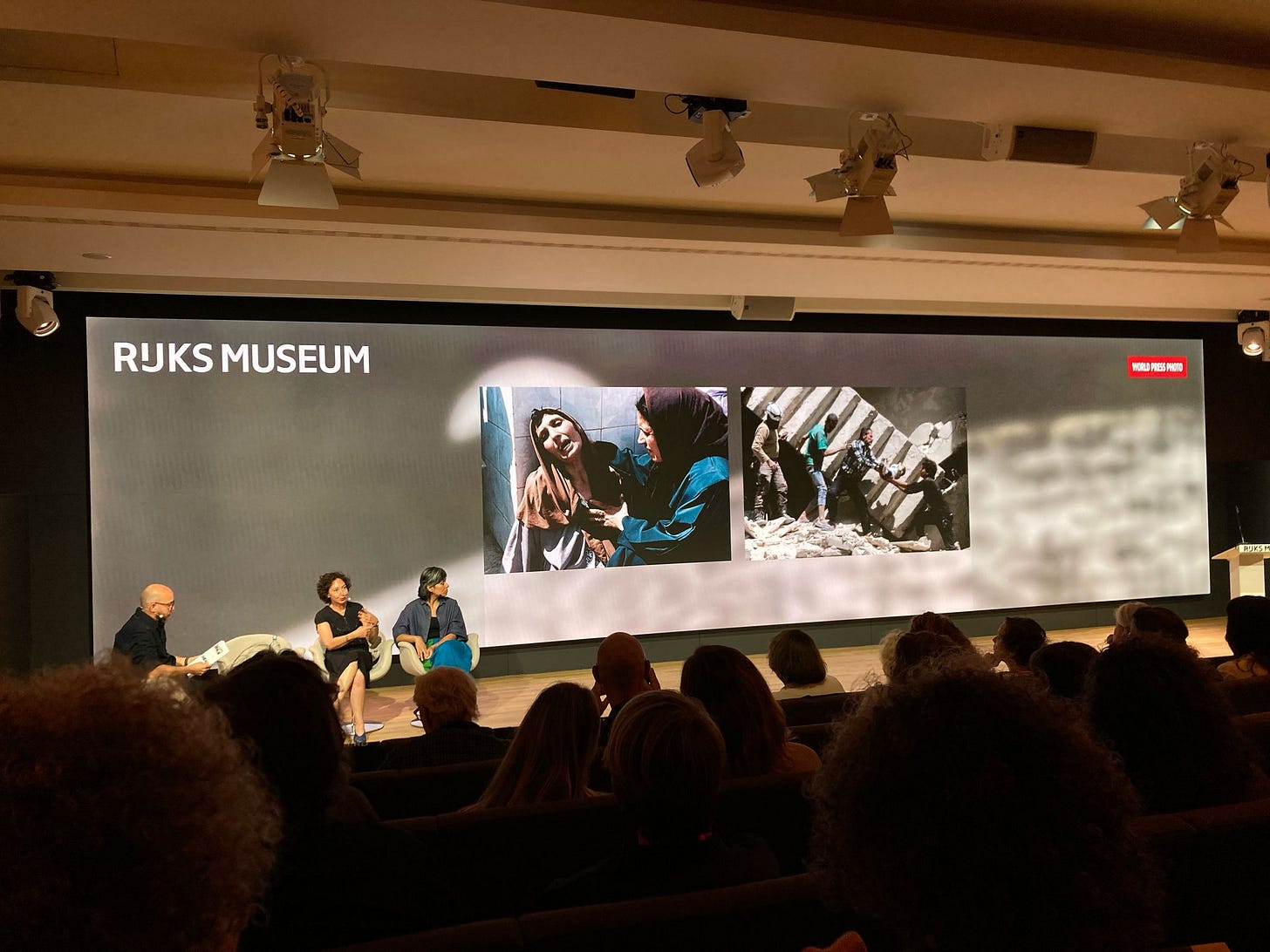
During the following panel discussion between World Press Photo Director Joumana El Zein Khoury and curator Tanvi Mishra the conversation continued to unfold, shifting focus on the responsibility of the industry. They asked why image makers and the media keep reinforcing tropes like ‘woman weeping’ and ‘men rescuing’ - because surely we have seen plenty of examples that prove this cliché wrong! Is it the only language readers understand? Is it the only way to sell? My thoughts go back and forth. You can’t recognise what you don’t know, but without breaking prescribed paths, disruption is not possible. Without visual and sonic multiplicity of voices the elaborate sounds of the human experience may turn into mere platitudes.
multiplicity describes a large number or variety of items, in this case abundance of perspectives
Partly inspired, partly triggered by our industry, I left the symposium with more questions than I came with. How does meaning travel? Are we turning in circles? Trapped in our own echo chamber? How can we create a radical shift in the ways that the world is portrayed? In the way we tell stories? Does photography do the world justice? Is the word ‘story telling’ still appropriate for news images? Do we need to find a different term? One that explores new avenues of being in touch with the world and evoking empathy and emotion? I’d be very curious to hear your thoughts!
2: Emotion
Alright, time to talk about emotions! During a recent visit to Photoszene, a citywide photography festival in Cologne, I was happy to catch the group exhibition Feelings & Photography curated by Donja Nasseri and Jan Borreck. Through seventeen positions the exhibition poses the question, what role can photography play in the engagement with feelings in a climate of desensitisation? How do emotions enter the image? And how can they reach the heart of the reader?
emotion a strong feeling deriving from one's circumstances, mood, or relationships with others
In her work My sister and I artist Cihan Çakmak deals with the complicated story of a family divided by war. Created in tandem with a video piece called Where I left you the artist is concerned with the possibilities of human closeness that bridges differences and conflicts. These self-portraits with her sister represent an encounter in the diaspora, and a farewell at the same time.
In a text by Fredi Thiele we read: ‘My sister and I by Cihan Çakmak is the documentary representation and indictment of the very political circumstances that created this violence. The double self-portraits show Çakmak herself, together with her sister. Using classical portrait photography, however refractively, concrete signs and symbols are repeated here and psychological processes are hinted at in order to explicitly refer to the historical context that influences the life of the subjects portrayed - as children of Kurdish immigrants.
This ranges from their gestures that reference the protective stances of boxers to her clothing reminiscent of traditional Kurdish, coloured in the blue of Turkish military uniforms that were worn to murder Kurds en masse - a genocide that has not yet been fully solved. Çakmak is concerned with showing, remembering, elucidating and rewriting as she returns to an uncertain origin, between tradition and emancipation, adaptation and self-realisation, in order to trace the fragile ambivalent conditions across generations in which these tensions are interwoven.’
Circling back to my earlier questions, this work makes me wonder if the focus of visual storytelling should be less on understanding the world, more on interacting with it. This could happen by using photographs as entry points to an exchange on experience and perspective, rather than trying to be neutral, all-encompassing or representative. As journalists, editors and curators we need to become more aware about internalised tropes or rigid editorial formulas that flatten emotional landscapes, while actively expanding our visual vocabulary to create new icons. This way we will be able to continue capturing the complexities of the world and create new echoes for future memories.
3: Photo of the Week
I’m slowly starting to prepare for my maternity leave. As I don’t know how much time and headspace I will have to write the regular, longer pieces over the next months I’ve decided to introduce a small feature that I can prepare in advance! From this week onwards you will receive weekly short letters that explore the visual world of one photograph.
First up is an image by Diego Moreno, an artist working between Mexico and Switzerland. His project Permanences is a deeply personal exploration of care, memory, and healing, centred around the relationship with his ultra-Catholic grandmother Clemencia. Escaping a violent family home, Diego grew up with his grandmother and used photography as a way to connect and bond with her. Through intimate photographs taken over years, he documents their shared vulnerability and resilience in the face of oppression.
Playfully titled Coffee Time (2021) the image shows Diego and Clemencia sat in front of a petit set of tea cups on a mahogany table - elegantly covered with a delicate table cloth. The background is shrouded in darkness, focussing our attention on the pair who are partly or fully exposed. Clemencia holds a slim chain, loosly attached to Diego’s neck and smirks at the camera as if aware of the absurdity, while Diego leans his head back in thought. Whether representative of a leash or umbilical cord, the image speaks about dependency and connection. ‘These moments are a reminder of how we save each other in a hostile present, and understand the complexity of human existence’ says Diego. I am reminded of The Two Fridas, a painting by Frida Kahlo, in which she presents the dilemma between two facets of her personality - opposite but permanently connected by blood.
4: News
Valeria Posada-Villada and I finished curating our Guest Room for Der Greif, and it’s online now! Brought together under the theme ‘The Ties That Bind’, our selection brings together some of the invisible threads that connect us in the experience of being human. In our curation we tried to steer away from tropes or cliches, but rather listen to those underlying tones, and bring together compositions that invite multiplicity: confrontation and reckoning, togetherness and isolation, despair and reconciliation. Their various gestures invite you to listen to what quietly hums beneath the surface — ties to the past, to others, or to places we carry within. Most of all, we hope you will consider these images as places where emotion, history and contradictions collide and converge to stir a sense of connectivity.
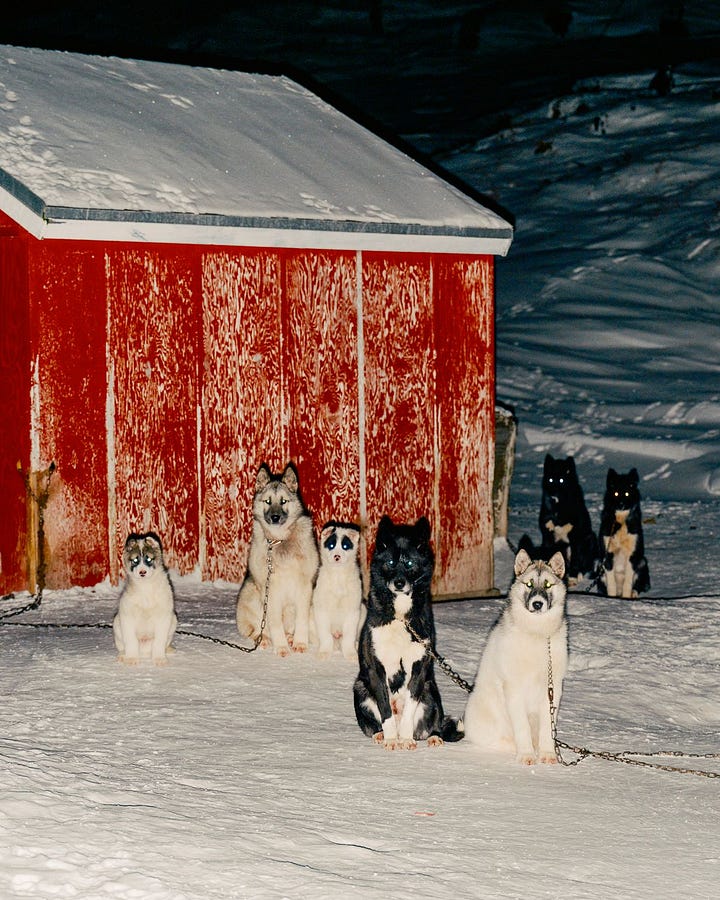
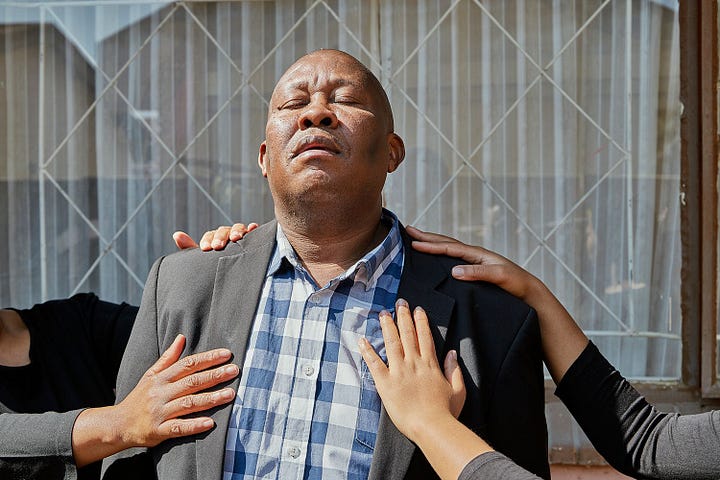
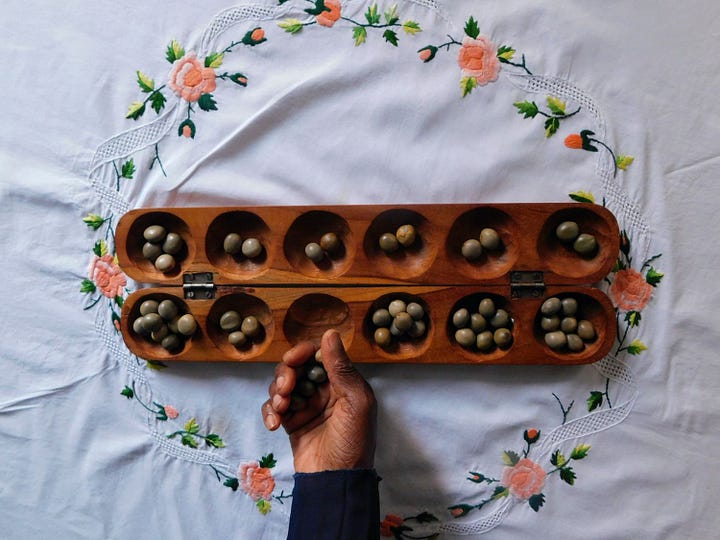
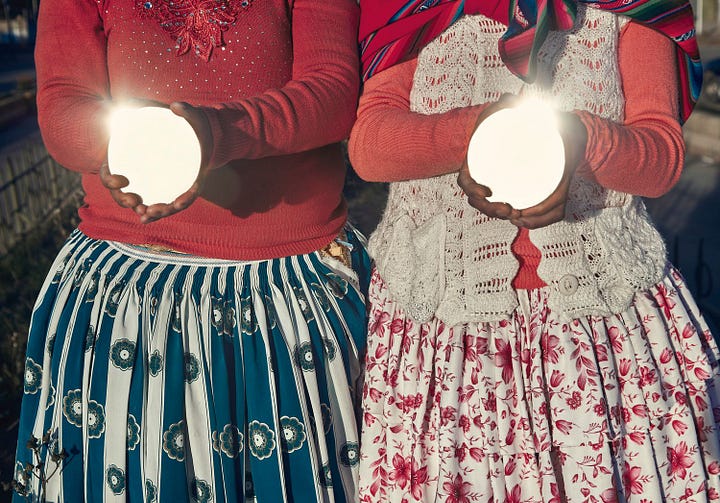
Applications have now opened for the WOPHA Research Fellowship Programme organised by Women Photographers International Archive, a non-profit organisation co-founded by Latinx art historian and curator Aldeide Delgado and visual artist Francisco Maso to research, promote, support, and educate on the contributions of women and non-binary photographers to modern and contemporary art in order to rewrite the artistic canon and provoke social change. The submission deadline is June 30th and I’m excited to read your applications as jury member!
Also happy to be on the jury of Photoworks Photography & Emerging Talent Open Call. Recent international MA and BA graduates, and image-based artists within the first five years of their practice, are invited to submit their work for the opportunity to be featured in the next issue of their online magazine, Photography+. Submissions close June 30th!
If you’ve read this far, thank you and hope you enjoyed! My next letter will reach you in about a month. Until then, take care, and take your time.
x


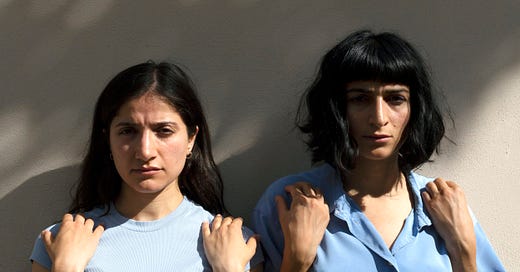


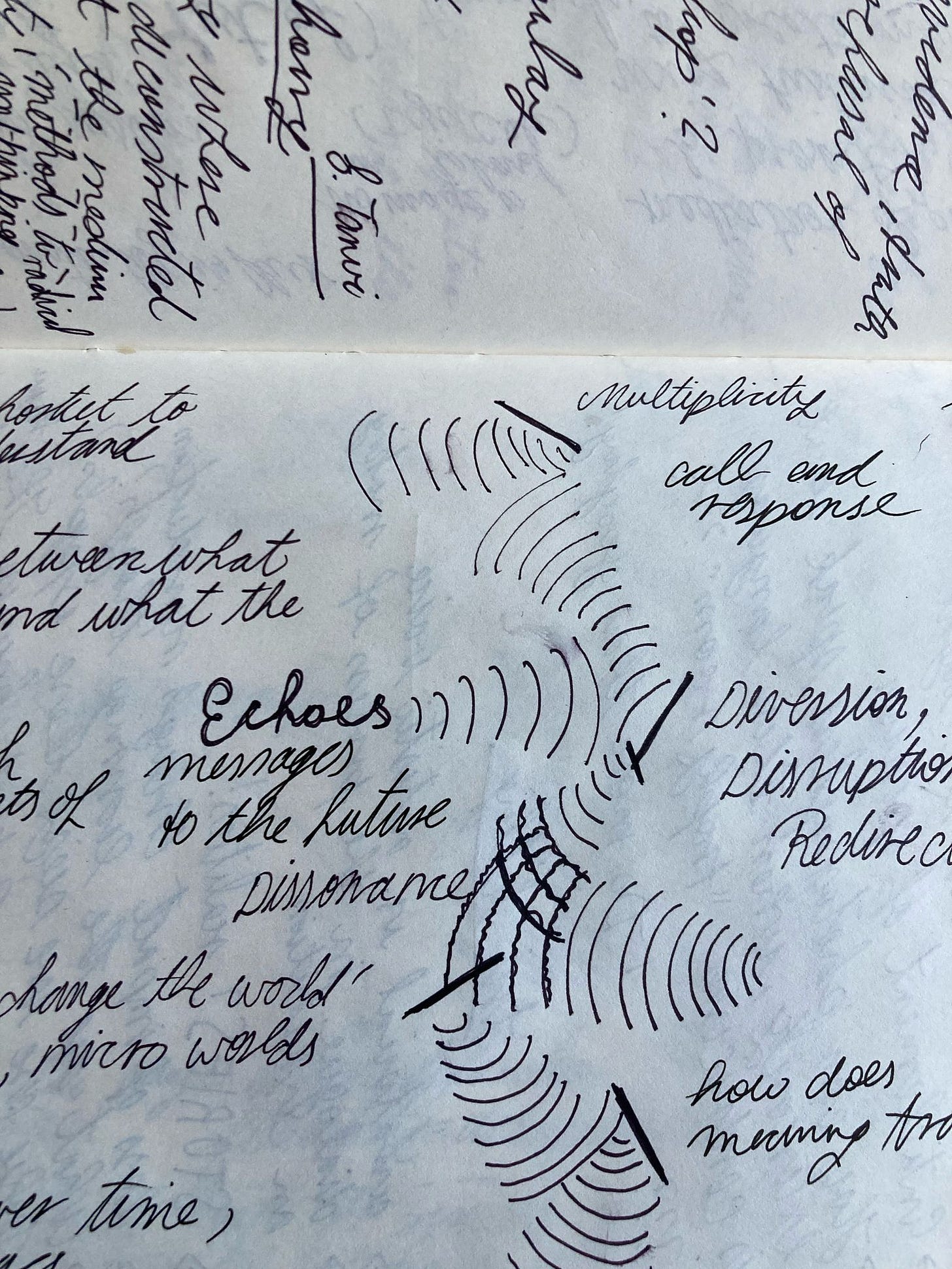
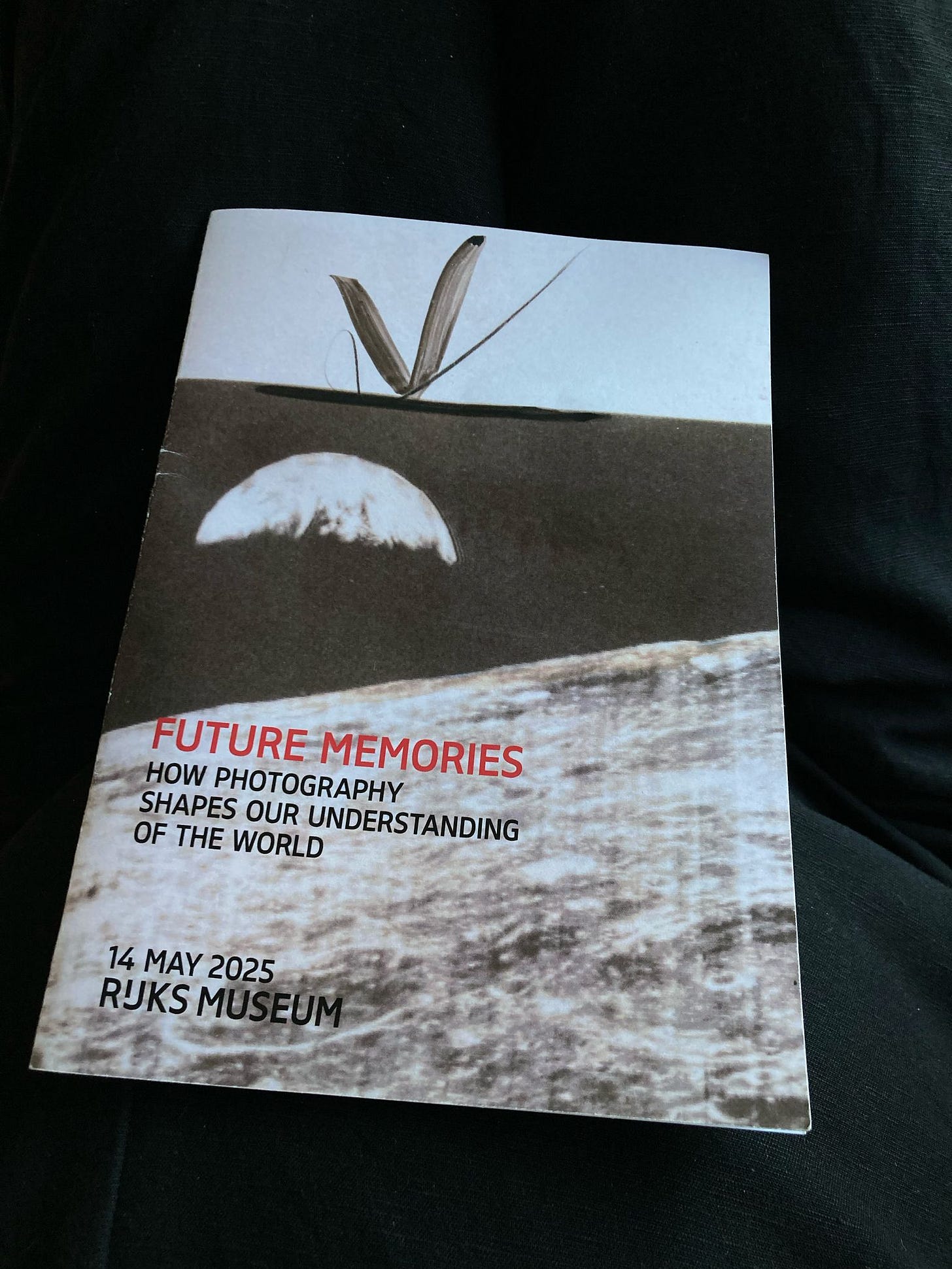

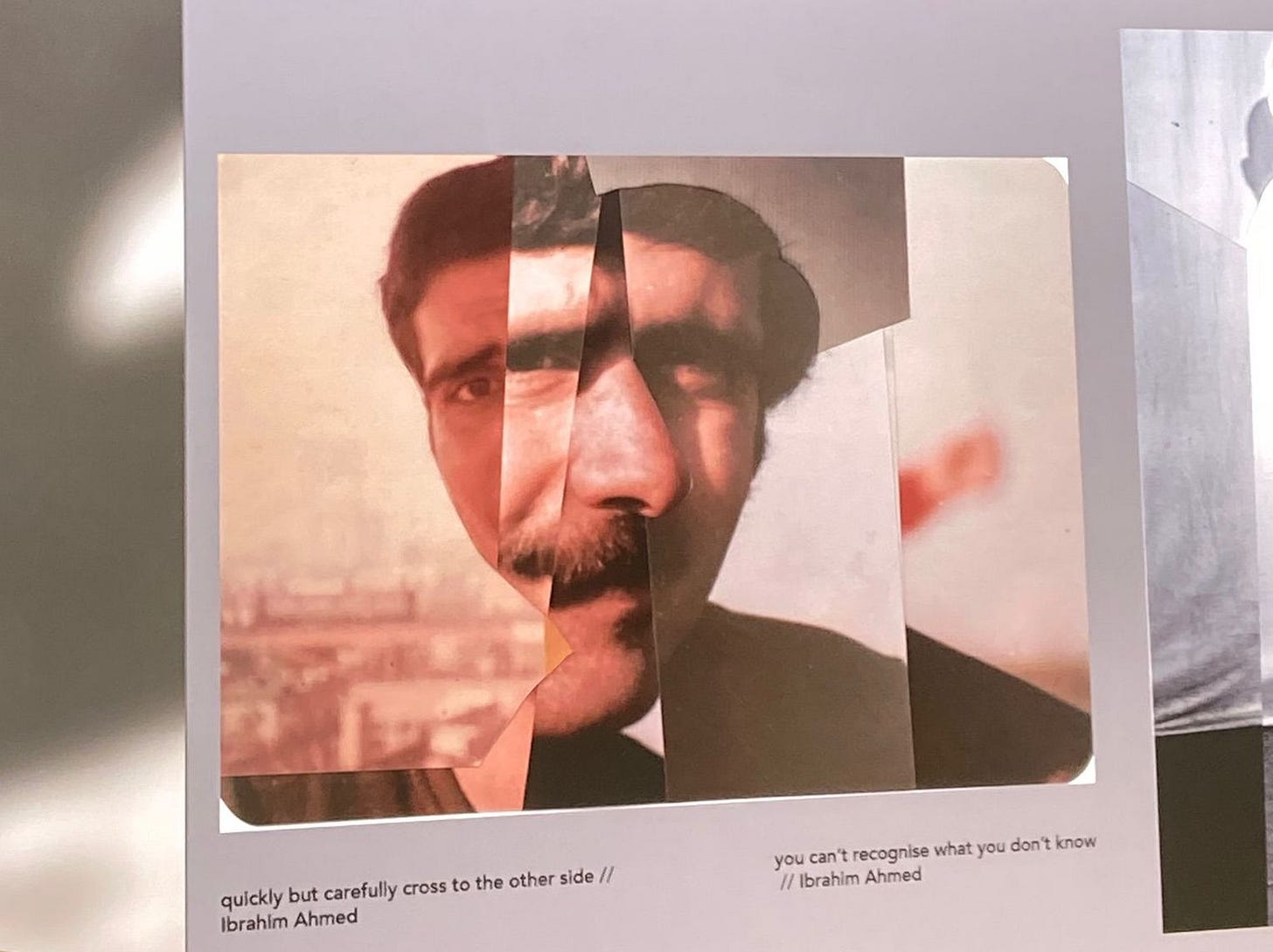
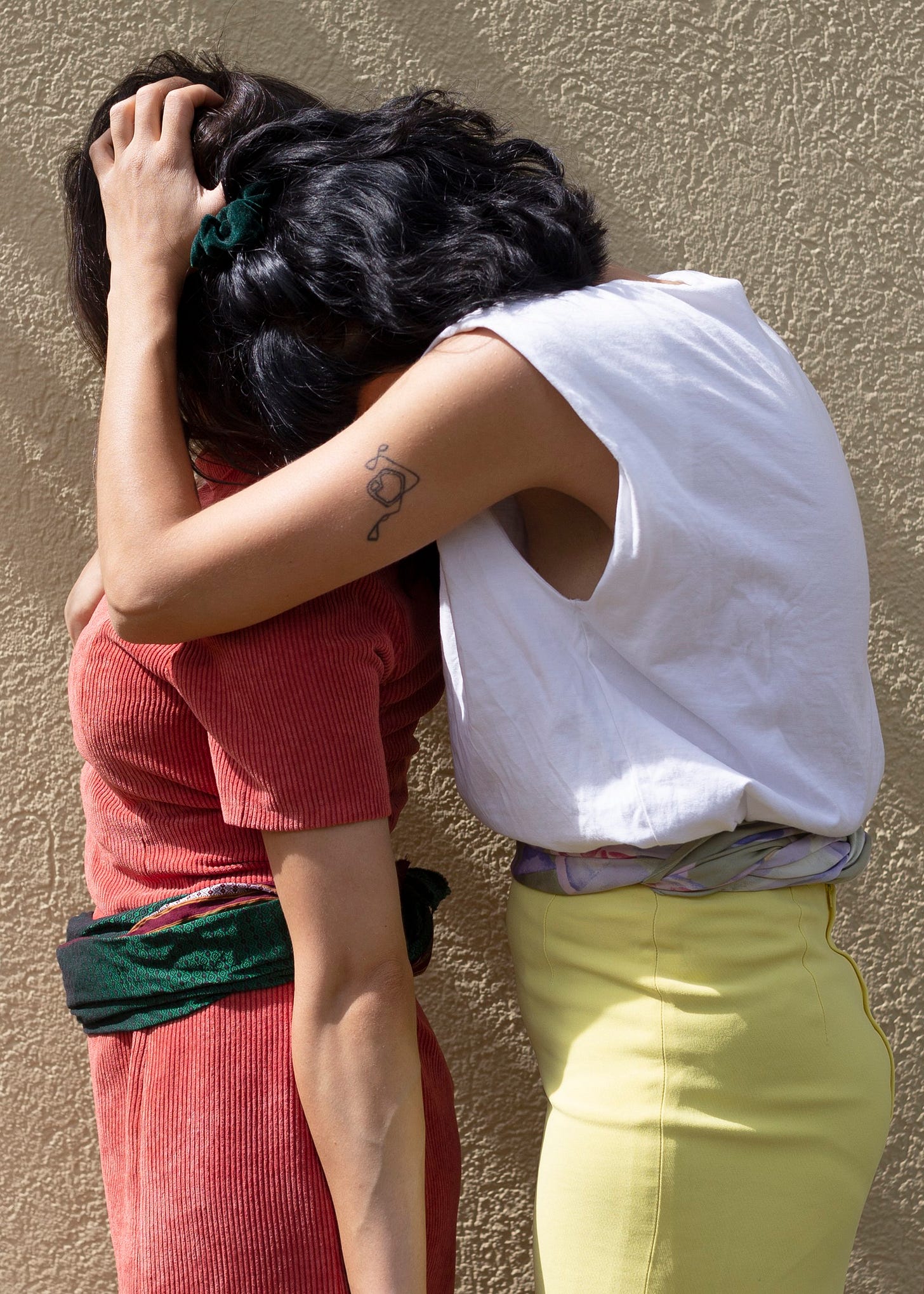

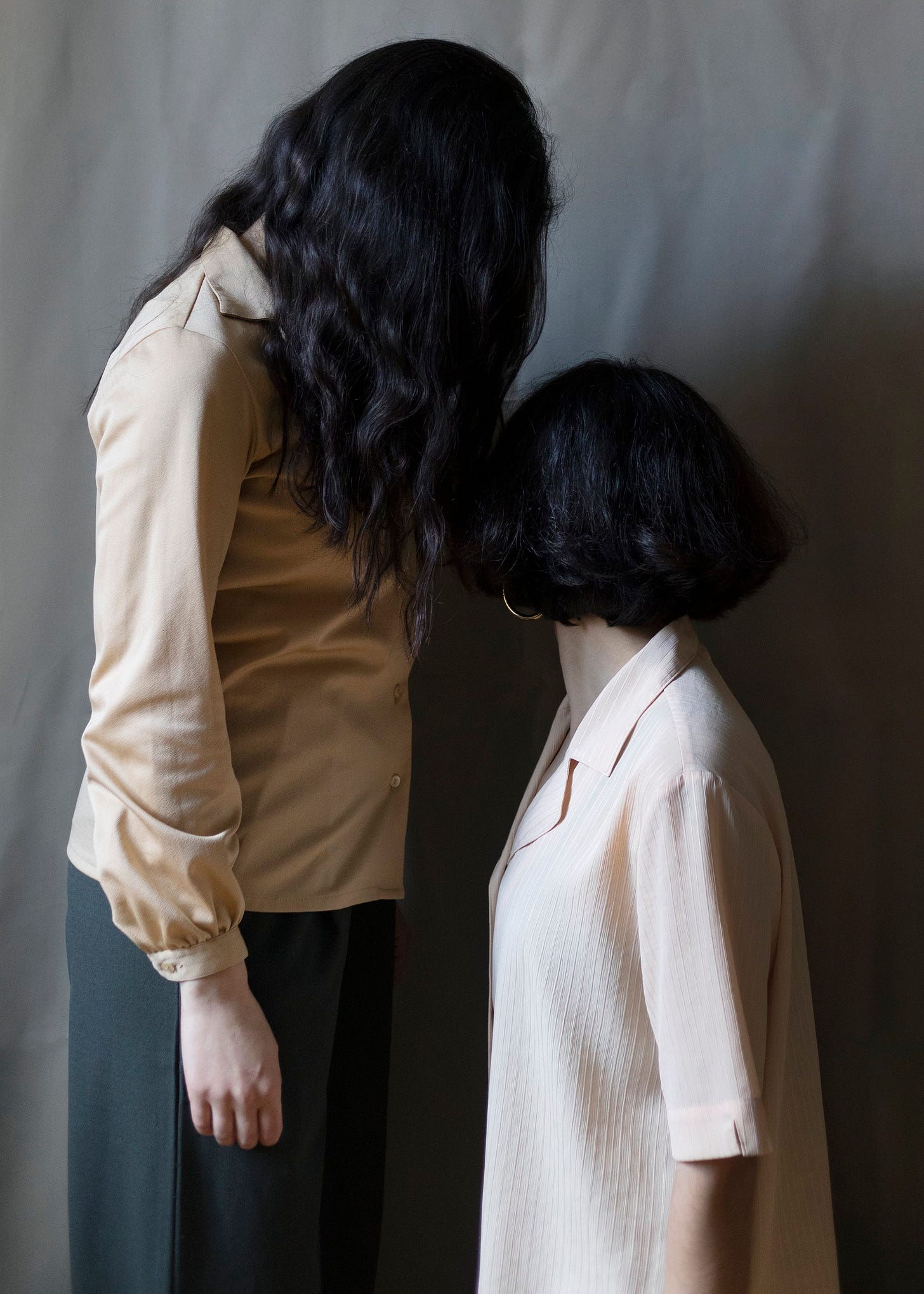
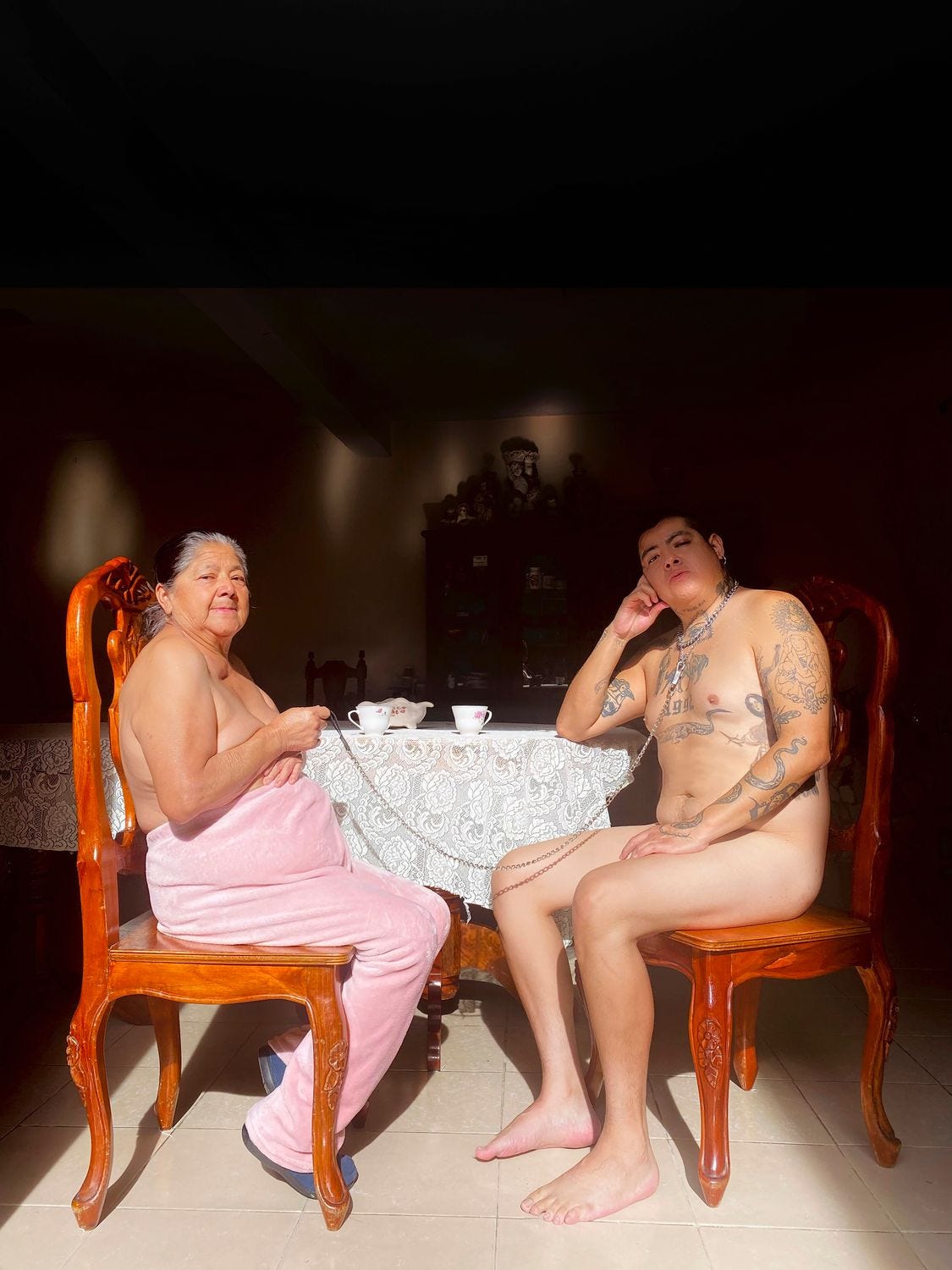

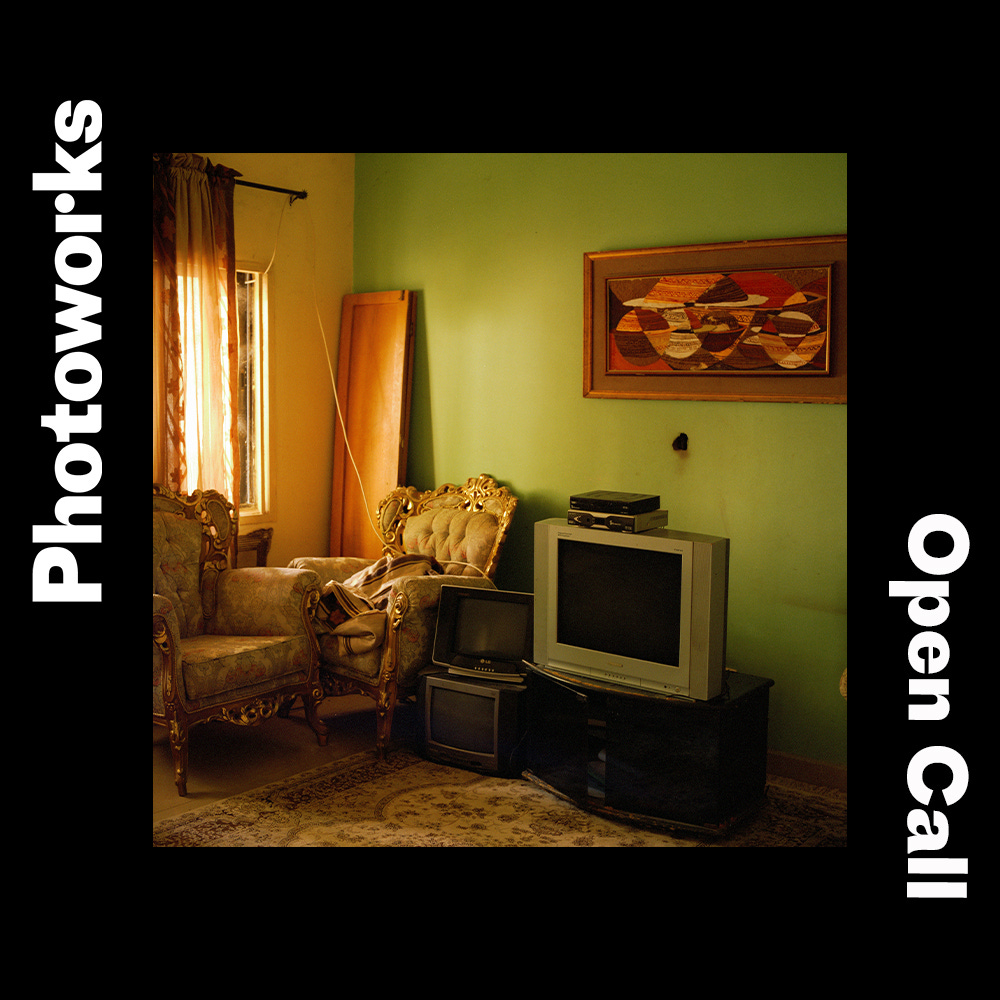
This is possibly my favourite so far. It poses many questions which I have rattling around in my head. Would be interesting to discuss some of them further.
Well done and looking forward to the next!! :)
👌